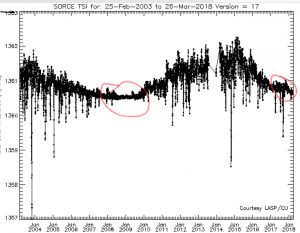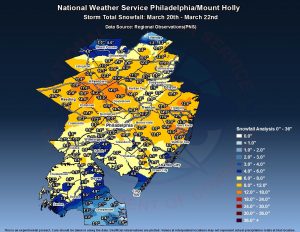The flooding and devastation brought by Hurricane Florence continues in the Carolinas.
I wanted to just weigh-in on the forecasting aspect of the storm. I haven’t heard very much credit given to the real meteorologists, mathematicians, and scientists that developed such remarkable computer models of the earth’s atmosphere.
The computer models did incredibly well with the precipitation forecast and early/late track of this storm and its remnants. Possibly the best I’ve seen in recent years.
The new GFS-FV3 model, still in trial mode (to replace the current GFS and become operational in January 2019), also did very well.
While the intensity forecasts are generally unreliable, and were off with this storm, (it luckily hit the coast as a category 1 instead of the previously forecast category 3-4), the rest of the forecast was very impressive.
Thank you to the National Weather Service and their scientists!


